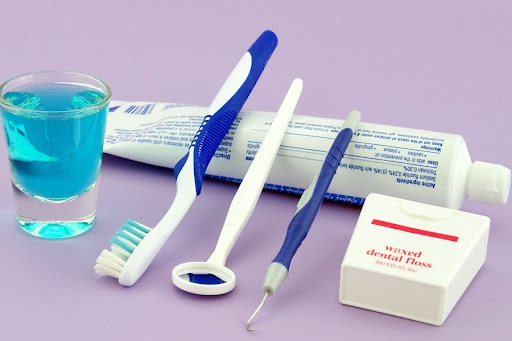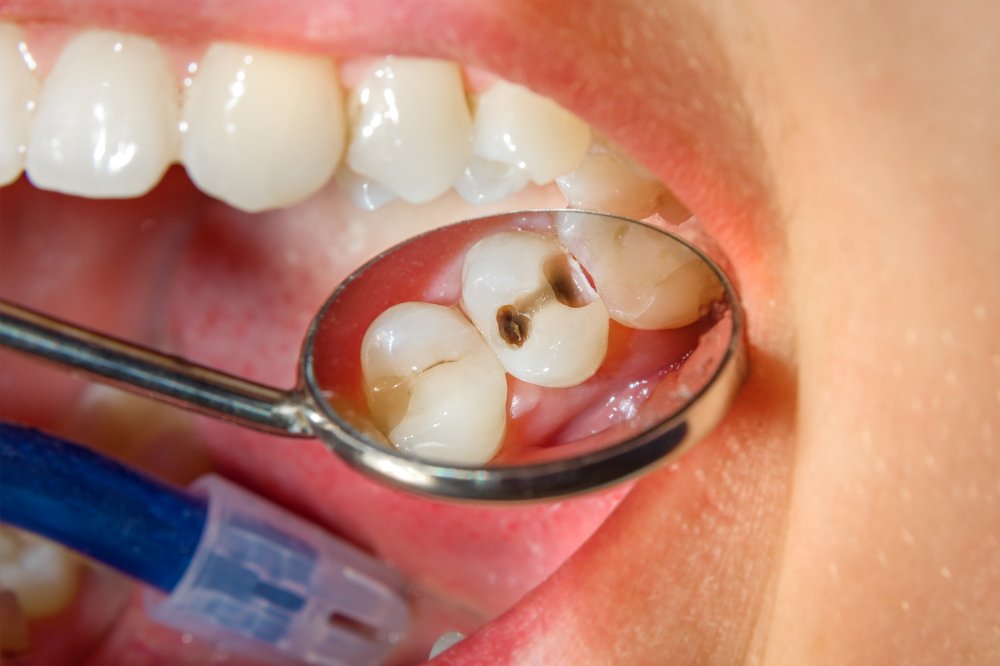How to Protect Your Child’s Teeth from Rotting: Practical Tips for Parents

Protecting your child’s teeth from rotting is essential for their overall health and well-being. Early tooth decay can lead to pain, infection, and problems with eating, speaking, and learning. As a parent, you play a crucial role in setting up good dental habits that can prevent tooth decay and ensure your child has a healthy smile. Here are practical tips to help you safeguard your child’s teeth from rotting.
1. Start Oral Care Early
Good oral hygiene should begin even before your child’s first tooth appears. For infants, clean their gums with a soft, damp cloth after feeding to remove bacteria and sugars that can lead to decay. Once the first tooth erupts, use a soft-bristled baby toothbrush with a tiny smear of fluoride toothpaste. Establishing these habits early sets the stage for lifelong dental care.
2. Encourage Proper Brushing and Flossing
Teaching your child to brush and floss correctly is a cornerstone of preventing tooth decay. Here’s how to guide them:
- Brushing: Children should brush their teeth twice a day for two minutes each time. Use a fluoride toothpaste and a toothbrush appropriate for their age and size. Show them how to brush all surfaces of their teeth, including the front, back, and chewing surfaces, using gentle circular motions.
- Flossing: As soon as your child has two teeth that touch, start flossing once a day to remove plaque and food particles between teeth that brushing alone can’t reach. You may need to assist younger children with flossing until they develop the dexterity to do it on their own.
Best Oral Hygiene Practices for Kids
3. Monitor Your Child’s Diet
Diet plays a significant role in dental health. To protect your child’s teeth from rotting, limit their intake of sugary and acidic foods and beverages. Here are some tips:
- Avoid Sugary Snacks and Drinks: Foods high in sugar, such as candy, cookies, and sodas, contribute to tooth decay by feeding the bacteria in the mouth that produce acid. Encourage healthier options like fruits, vegetables, and whole grains.
- Be Cautious with Juice: Even natural fruit juices contain sugars that can promote decay. Limit juice intake to no more than 4-6 ounces per day for young children, and serve it only during meals to reduce exposure to sugars.
- Healthy Snacks: Offer snacks like cheese, yogurt, nuts, and crunchy fruits and vegetables, which can help clean teeth and provide nutrients essential for dental health.
Healthy Diet Choices for Stronger Teeth in Children
4. Promote Water Over Sugary Drinks
Water is the best beverage for your child’s teeth, especially fluoridated tap water, which helps strengthen tooth enamel and prevent decay. Encourage your child to drink water throughout the day and especially after meals and snacks to help wash away food particles and sugars.
Limiting Sugary Drinks and Snacks: A Guide for Parents
5. Schedule Regular Dental Checkups
Regular dental visits are essential for early detection and prevention of tooth decay. Children should see a dentist by their first birthday or within six months of their first tooth coming in. Schedule checkups every six months to monitor their oral health, receive professional cleanings, and catch any issues early.
6. Use Fluoride and Dental Sealants
Fluoride is a mineral that strengthens enamel and makes teeth more resistant to decay. Here’s how you can incorporate fluoride into your child’s dental care:
- Fluoride Toothpaste: Use a pea-sized amount of fluoride toothpaste once your child is old enough to spit it out. Supervise brushing to ensure they do not swallow too much toothpaste.
- Fluoride Treatments: Your dentist may recommend fluoride varnish or gels applied during dental visits to provide extra protection.
The Importance of Fluoride for Preventing Tooth Decay
- Dental Sealants: Sealants are thin, protective coatings applied to the chewing surfaces of the back teeth (molars), where decay often starts. They can significantly reduce the risk of cavities by keeping food and bacteria out of the grooves of these teeth.
Sealants: An Extra Layer of Protection Against Cavities
7. Address Habits That Contribute to Tooth Decay
Certain habits can increase the risk of tooth decay in children. Be mindful of these and take steps to minimize their impact:
- Avoid Prolonged Bottle or Sippy Cup Use: Prolonged exposure to sugary liquids, such as milk or juice, can lead to baby bottle tooth decay. Encourage your child to drink from a regular cup by their first birthday and avoid putting them to bed with a bottle.
- Limit Sticky Foods: Sticky foods, like fruit snacks and gummy candies, cling to teeth and are harder to remove through brushing and saliva. Limit these foods and ensure your child brushes afterward if they do consume them.
8. Educate Your Child About Oral Health
Empowering your child with knowledge about oral health can motivate them to take better care of their teeth. Teach them why brushing, flossing, and eating healthy foods are important. Use age-appropriate resources, such as books, videos, or fun activities, to make learning about dental care enjoyable.
9. Be a Role Model for Good Oral Hygiene
Children often mimic their parents’ behaviors, so set a good example by practicing excellent oral hygiene yourself. Brush and floss alongside your child, showing them that taking care of your teeth is an important and lifelong habit.
10. Address Dental Anxiety Early
Fear of the dentist can be a significant barrier to regular dental care for children. To help your child feel comfortable with dental visits, start them young, keep the experience positive, and consider choosing a pediatric dentist who specializes in treating children. Use positive reinforcement, such as praise or a small reward, to encourage cooperation during appointments.
Conclusion
Protecting your child’s teeth from rotting involves a combination of good oral hygiene practices, a healthy diet, regular dental visits, and positive reinforcement. By implementing these practical tips, you can help your child develop a strong foundation for oral health that will benefit them throughout their life. Remember, early prevention and education are key to avoiding tooth decay and ensuring that your child maintains a healthy, happy smile.
References
To ensure the information provided is accurate and up-to-date, the following sources were referenced:
- American Dental Association. (n.d.). Plaque and Tartar. Retrieved from ADA website
- Mayo Clinic. (n.d.). Dental Plaque. Retrieved from Mayo Clinic website
- National Institute of Dental and Craniofacial Research. (n.d.). Periodontal (Gum) Disease. Retrieved from NIDCR website









